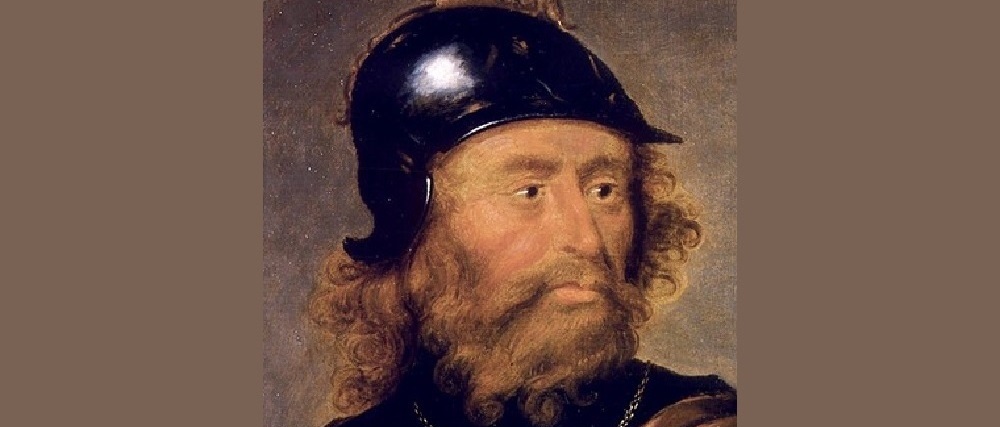Robert the Bruce
Posted on 7th January 2021
Robert the Bruce was born on 11 July 1274 at Turnberry Castle, Scotland, the eldest son of the sixth Robert Bruce and Marjorie, Countess of Carrick.
Being distantly related to the royal family, Roberts grandfather made claim to the Scottish throne, however Edward I of England, crowned John de Balliol as King in 1292, although Edward still wanted to exert power and influence over Scotland, causing a rift between himself and Balliol. He also demanded that Scotland supply military support in his war against France, but being unhappy with this Scotland decided to ally themselves with France.
Edward I, invaded Scotland in March 1296, taking the town of Berwick in a bloody battle, and crushing the Scottish resistance at the Battle of Dunbar on 27 April 1296. Edward deposed Balliol and imprisoned him in the Tower of London, however the English triumph would not last long.
First, William Wallace rebelled against Edward, gaining victory at the Battle of Stirling Bridge in 1297, and then proclaiming himself Guardian of Scotland. Edward invaded Scotland again being victorious at the Battle of Falkirk on 22 July 1298. Wallace was later captured, tried and executed.
Robert the Bruce and John Comyn then became joint Guardians of Scotland, but they were natural enemies and both wanted the throne of Scotland. 1n 1306 Robert eliminated the threat to the throne by killing John Comyn. Six weeks after this on 25 March 1306 Robert was crowned King of Scotland by Bishop William de Lamberton at Scone near Perth.
Now crowned King, Robert was to continue the fight for Scottish independence, defeating Edward II’s army at the Battle of Bannockburn on 23 - 24 June 1314, one of the worse English defeats ever.
Bruce then invaded Ireland in 1315 and named his brother, Edward Bruce as High King of Ireland in 1316, but following Edward Bruce’s death at the Battle of Faughart on 14 October 1318, Scottish forces, not being popular in Ireland were forced to leave.
1n 1320 a letter dated 6 April written by the Chancellor of Scotland and sealed by fifty-one nobles was sent to Pope John XXII stating that Robert was the rightful King of Scotland. This was the ‘Declaration of Arbroath’. In 1328 Edward III of England signed the ‘Treaty of Edinburgh-Northampton’ which recognised Scotland as an independent kingdom with Robert the Bruce as its King. It was then signed by Bruce on 17 March 1328 and approved by the English Parliament at Northampton on 1 May.
Bruce had spent his life fighting for Scottish independence and he died knowing his life’s work had been achieved.
Robert the Bruce died on 7 June 1329 at the Manor of Cardross, near Dumbarton. His young son and heir, later became David II of Scotland.
Tagged as: Junior Middle Ages
Share this post:





